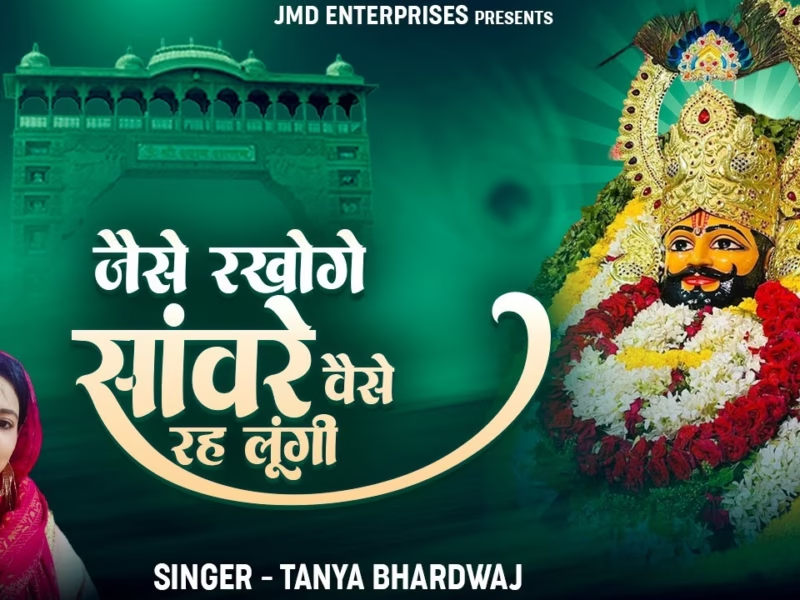Contents
- 1 History of Gorakhnath Temple
- 2 Significance of Gorakhnath Temple
- 3 Architecture
- 4 Rituals and Festivals at Gorakhnath Temple
- 5 Legend / Local stories
- 6 Photo Gallery
- 7 How to Reach Gorakhnath Temple
- 8 Best Time to Visit Gorakhnath Temple
- 9 Accommodation Options Near Gorakhnath Temple
- 10 Safety Tips for Visitors
- 11 Things to Do Near Gorakhnath Temple
- 12 Food and Dining Options Near Gorakhnath Temple
- 13 FAQs
The Gorakhnath Temple, located in the bustling city of Gorakhpur in Uttar Pradesh, India, is one of the most revered temples in the country. The temple is dedicated to Gorakhnath, an influential saint of the Nath Sampradaya, a Hindu religious sect. The temple is not only a major pilgrimage site but also an important center for learning and spiritual practices. In this article, we will explore the history, significance, and attractions of the Gorakhnath Temple.
Gorakhnath Temple, Gorakhpur, Uttar Pradesh
| Date built: | 12th Century (approximate) |
|---|---|
| Deity: | Gorakshanath (Shiva) |
| Architectural style: | Hindu architecture |
| Major festivals | Makar Sankranti, Guru Purnima, Navratri, Diwali |
| Locale: | Gorakhpur |
| District:: | Gorakhpur |
| Address: | Gorakhnath Mandir, Gorakhpur, Uttar Pradesh, India |
| Phone | N/A (as there is no specific phone number available for the temple) |
The Gorakhnath Math (Gorakhnath Mutt) is a temple of the Nath monastic group of the Nath tradition. The name Gorakhnath derives from the medieval saint, Gorakhnath (c. 11th century), a yogi who travelled widely across India and authored a number of texts that form a part of the canon of Nath Sampradaya.The Nath tradition was founded by guru Matsyendranath. This math is situated in Gorakhpur, Uttar Pradesh within a large premises. The temple performs various cultural and social activities and serves as the cultural hub of the city.
History of Gorakhnath Temple
The Gorakhnath Temple is believed to have been built during the 12th century by the saint Guru Gorakhnath himself. Guru Gorakhnath was a prominent figure in the Nath Sampradaya, a spiritual lineage that originated in the 9th or 10th century. The temple has undergone several renovations over the centuries, with the latest restoration being carried out in the 1970s. The temple complex covers an area of around 52 acres and includes several shrines, ashrams, and meditation halls.
Significance of Gorakhnath Temple
The Gorakhnath Temple is an important center for learning and spiritual practices, attracting thousands of devotees from all over the world. The temple is dedicated to Guru Gorakhnath, who is revered as a great sage and yogi. Guru Gorakhnath is believed to have attained enlightenment through his spiritual practices and to have acquired supernatural powers. The temple is also associated with the Nath Sampradaya, which emphasizes the practice of yoga and meditation as a means of achieving spiritual liberation.
Architecture
The Gorakhnath Temple complex is a sprawling complex with several shrines, ashrams, and meditation halls. The main temple is a large structure with a dome-shaped roof and a tall spire. The temple is decorated with intricate carvings and sculptures depicting various deities and mythological figures. The temple also has a large courtyard where devotees can gather for prayers and other rituals.
One of the most notable attractions of the Gorakhnath Temple is the samadhi of Guru Gorakhnath, which is located in a separate shrine within the temple complex. The samadhi is a small room with a stone platform where the saint is believed to have meditated and attained enlightenment. The room is decorated with flowers, candles, and incense sticks, and is a serene and peaceful place for meditation and contemplation.
Another major attraction of the Gorakhnath Temple is the Gorakhnath Museum, which is located within the temple complex. The museum houses a collection of artifacts, sculptures, and paintings related to the life and teachings of Guru Gorakhnath and the Nath Sampradaya. The museum is a great place to learn more about the history and significance of the temple and the Nath Sampradaya.
Rituals and Festivals at Gorakhnath Temple
The Gorakhnath Temple is a place of great religious significance and is home to many rituals and festivals throughout the year. The temple is open for worship from early morning till late evening, and devotees can participate in various rituals such as aarti, bhajan, and prasad. The temple also hosts several festivals throughout the year, the most significant of which is the Gorakhnath Mela, which is held every year in the month of January. The festival is a major event in the city and attracts thousands of devotees from all over the country.
Legend / Local stories
Gorakhpur takes its name from Gorakhnath, who was a saint of the ‘Nath Sampradaya’. A shrine called Gorakhnath Mandir was built in his honour at the location where he practised his daily rituals.
The Gorakhpur region comprises the districts of Maharajganj, Kushinagar, Basti, Deoria, Azamgarh, Mau and parts of Nepal tarai. These areas, which may be called the Gorakhpur janapad, were an important centre of the Hindu Vedic culture.
Gorakhpur was a part of the kingdom of Kosala, one of the sixteen Mahajanapadas in the 6th century BC. The solar dynasty of Kshatriyas, whom are believed to have ruled the area, included the God-King Rama. Gorakhpur remained an integral part of the erstwhile empires of Maurya, Shunga, Kushana, Gupta and Harsha dynasties.
The history of math has also been described in the biography of Yogi Adityanath – The Monk Who Became Chief Minister, written by Shantanu Gupta. The website of gorakhnath mandir describes its history and the attacks which the temple had to bear from time to time.
Photo Gallery






How to Reach Gorakhnath Temple
The Gorakhnath Temple is located in the city of Gorakhpur in Uttar Pradesh and is easily accessible by road, rail, and air. The nearest airport is the Gorakhpur Airport, which is around 8 km from the temple. The nearest railway station is the Gorakhpur Railway Station, which is around 4 km from the temple. The temple is also well-connected by road and can be reached by bus or taxi.
Best Time to Visit Gorakhnath Temple
The best time to visit the Gorakhnath Temple is during the winter months from November to February when the weather is pleasant and comfortable. The summers can be quite hot and humid, and the monsoon season can be unpredictable and may disrupt travel plans.
Accommodation Options Near Gorakhnath Temple
There are several accommodation options near the Gorakhnath Temple, ranging from budget guesthouses to luxury hotels. Some of the popular options include the Hotel Shivoy, the Hotel President, and the Clarks Inn Grand.
Safety Tips for Visitors
While the Gorakhnath Temple is generally a safe place for visitors, it is always advisable to take precautions to ensure a hassle-free visit. Some of the safety tips for visitors include carrying sufficient cash and valuables, avoiding crowded areas, and keeping a watchful eye on personal belongings.
Things to Do Near Gorakhnath Temple
Apart from visiting the Gorakhnath Temple, there are several other things to do and see in the city of Gorakhpur. Some of the popular attractions include the Gorakhpur Museum, the Kushmi Forest Reserve, and the Chauri Chaura Memorial.
Food and Dining Options Near Gorakhnath Temple
The Gorakhnath Temple is surrounded by several food and dining options, ranging from street-side stalls to upscale restaurants. Some of the popular dishes to try include the famous Banarasi chaat, the delicious pani puri, and the mouth-watering lassi.
FAQs
Guru Gorakhnath was a great yogi and spiritual leader who founded the Nath Sampradaya, one of the oldest and most revered spiritual lineages in India.
The Gorakhnath Temple is one of the most important temples of the Nath Sampradaya and is dedicated to Guru Gorakhnath. It is a place of great spiritual significance and attracts thousands of devotees and visitors every year.
The Gorakhnath Temple is home to several rituals and festivals throughout the year, including aarti, bhajan, and prasad. The most significant festival is the Gorakhnath Mela, which is held every year in the month of January.











